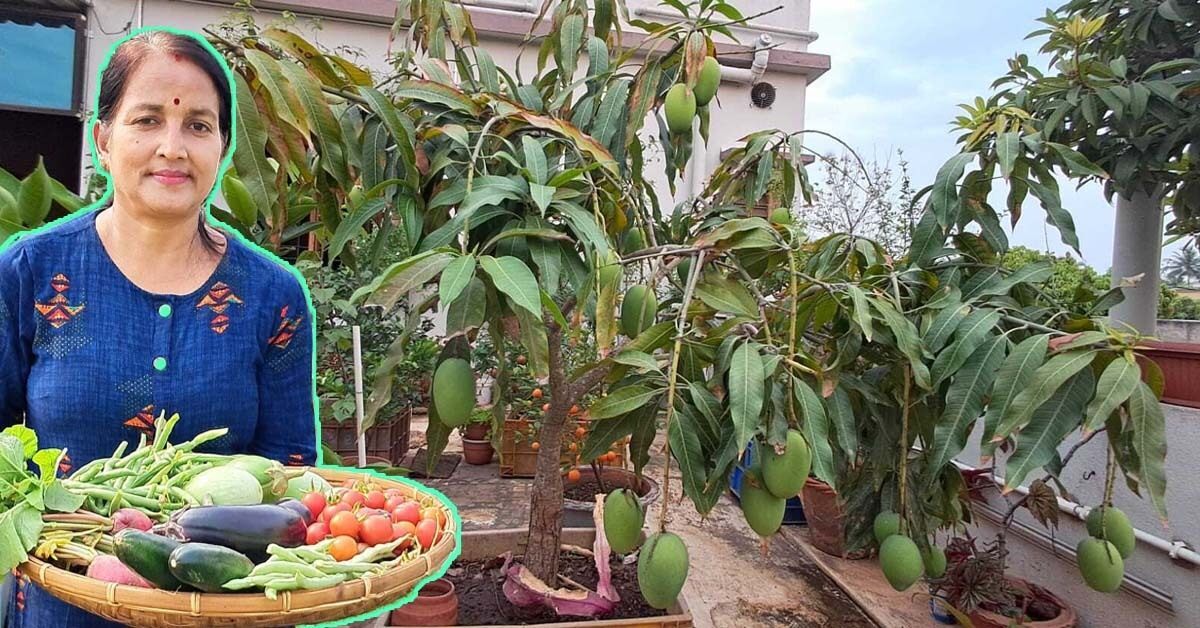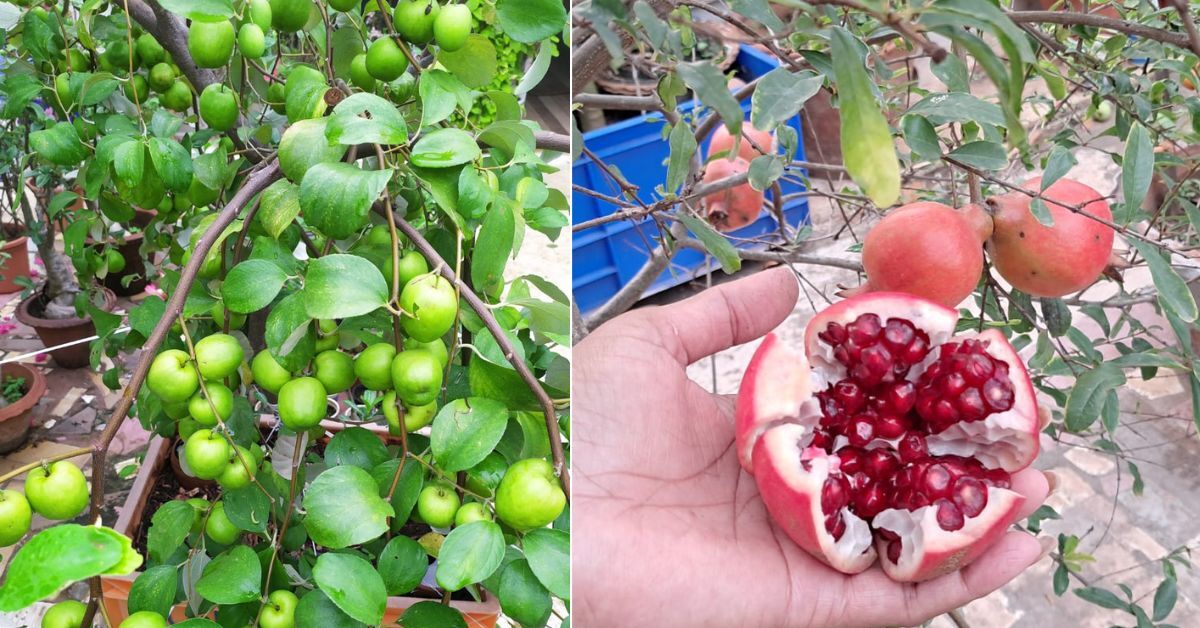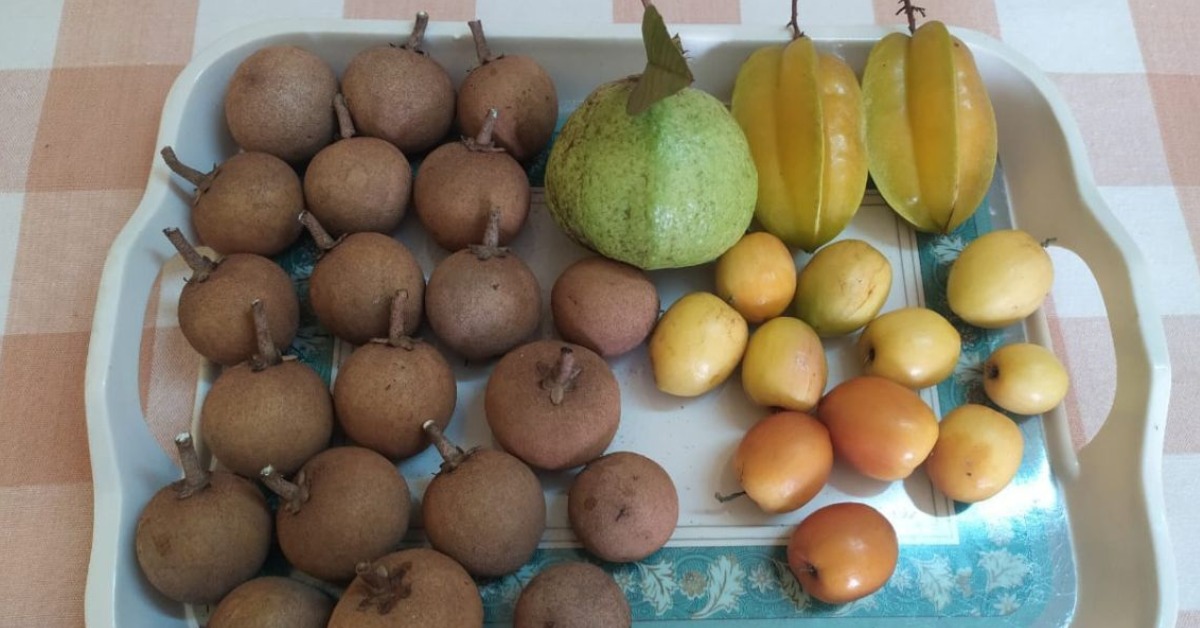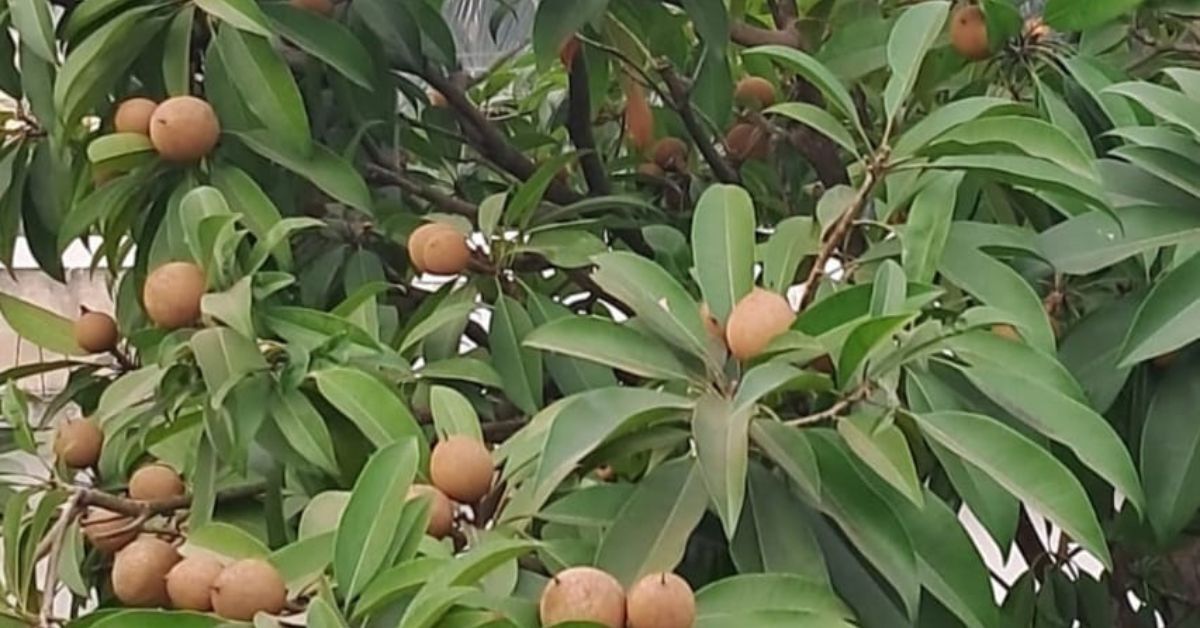In Bhubaneswar, Jayanti Sahoo has turned her 350 sq ft rooftop into a blooming garden that provides a constant supply of fresh fruits and vegetables, all grown organically, without a trace of chemicals.
“It brings me immense mental peace and contentment,” she says. “I raise these trees like my children.” Her home, spread over 1,500 sq ft, has become a lavish ecosystem of edible and ornamental plants, proving that even limited urban space can offer abundance.
Here is how you can follow her footsteps and create a teeming rooftop garden that beats the summer heat while feeding your family.
Advertisement

Step-by-step: How to build a rooftop garden like Jayanti Sahoo
1. Choose the right spot and consider structural safety
Before placing pots and planters, examine your rooftop’s drainage system. Water accumulation can damage the terrace over time, so secure the drainage. Jayanti recommends placing heavier containers directly over beams and walls beneath the terrace floor.
 Jayanti Sahoo has turned her 350 sq ft rooftop into a garden that provides a constant supply of fresh fruits and vegetables
Jayanti Sahoo has turned her 350 sq ft rooftop into a garden that provides a constant supply of fresh fruits and vegetables
“This will ensure that the weight of trees is balanced and the foundation of the house does not get damaged,” she advises.
Consulting a civil engineer or structural expert can be a good idea before you begin large-scale gardening.
Advertisement
2. Use upcycled fish crates instead of traditional pots
Jayanti prefers using large and discarded fish crates, 27×17×12 inches, as containers for her plants.
“I purchase discarded fish crates at lower prices in the fish market. I make holes at its bottom and then add the soil mixture. These fish crates are very sturdy. I am still using fish crates that I bought 20 years ago,” she explains.
These crates are spacious and durable, ideal for fruit trees and large vegetable plants. They are also lightweight compared to ceramic or concrete pots, which makes them more terrace-friendly.
Advertisement
 Jayanti prefers using large and discarded fish crates as containers for her plants
Jayanti prefers using large and discarded fish crates as containers for her plants
3. Plant grafted saplings for faster results
Growing fruit trees from seeds is a long and slow process, often taking up to seven years to yield produce. The home gardener instead uses grafted saplings, which begin fruiting within a year or two.
You can start by planting them in a smaller 15-inch pot. Once the roots are well developed and the plant becomes root-bound, shift it to a larger container like a fish crate. This method allows for quicker results and is ideal for urban gardeners eager to see early rewards.
4. Prepare a nutrient-rich soil mixture
The success of container gardening depends heavily on the quality of your potting mix. Jayanti shares her tried-and-tested blend:
Advertisement
30% garden soil (for texture and minerals)
30% cocopeat (retains moisture while keeping the mix light)
5% neem khali (for pest control and soil health)
5% bonemeal powder (provides phosphorus for root and flower growth)
Before filling the pot, she adds a thick base layer of dried leaves (about 4–5 inches). These decompose slowly and turn into compost over time, enriching the soil further.
 Container-grown plants have limited access to soil nutrients, so regular feeding is important for better growth
Container-grown plants have limited access to soil nutrients, so regular feeding is important for better growth
5. Feed your plants with homemade liquid fertiliser
Container-grown plants have limited access to soil nutrients, so regular feeding is essential. The home gardener prepares a natural and powerful liquid fertiliser using mustard cake and neem khali.
“Take 1 kg mustard cake and 250 grams of neem khali powder and mix it in 5 litres of water. Stir it and then keep it in the shade for five days. Mix 1 litre of this liquid fertiliser in 10 litres of water and give the diluted fertiliser to the plant every 15 days. This liquid fertiliser helps boost the flowering and fruiting in the trees,” she explains.
Advertisement
6. Control pests naturally and regularly
Pests can wreak havoc on plants, particularly in hot and humid conditions. Jayanti relies on a gentle and hands-on approach. “Usually, I handpick bugs from plants and remove leaves where they lay eggs. I have also used sticky fly traps to control fruit flies,” she says. These natural methods are safe, chemical-free, and effective in the long run.
7. Prune trees every two to three years for better yields
Pruning is essential for maintaining plant health and productivity. If you don’t prune, fruits will get smaller over time, and the tree will grow too large for its container. This step helps to manage size, improve air circulation, and direct the plant’s energy into producing quality fruit. Remove old, dead, or overcrowded branches to keep your plants vigorous.
8. Replenish nutrients in root-bound trees
As trees mature, their roots use up nutrients from the surrounding soil. The gardener recommends rejuvenating the soil every few years.
“After three to four years, urban gardeners should dig out a thick layer of soil (say three to four inches) and replace it with cow dung compost, bonemeal, and neem khali powder. Place a thin layer of soil above this and then water the soil. This will help you get good-sized fruits in the long run,” she advises.
 As trees mature, their roots use up nutrients from the surrounding soil, so the gardener recommends rejuvenating the soil every few years
As trees mature, their roots use up nutrients from the surrounding soil, so the gardener recommends rejuvenating the soil every few years
Key takeaways from Jayanti’s rooftop eden
Self-sufficiency: Jayanti grows enough fruits and vegetables to supplement her family’s diet year-round.
Mental wellness: The garden is part of her everyday routine and brings her mental peace.
Sustainability: From upcycled containers to natural fertilisers, her methods are eco-conscious and accessible.
Organic Living: The gardener shares proudly that they are happy to consume chemical-free fruits and vegetables.
Edited by Vidya Gowri

